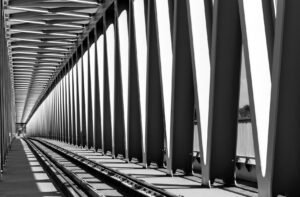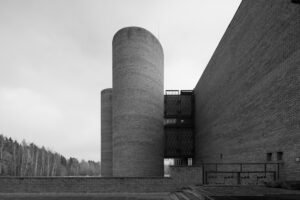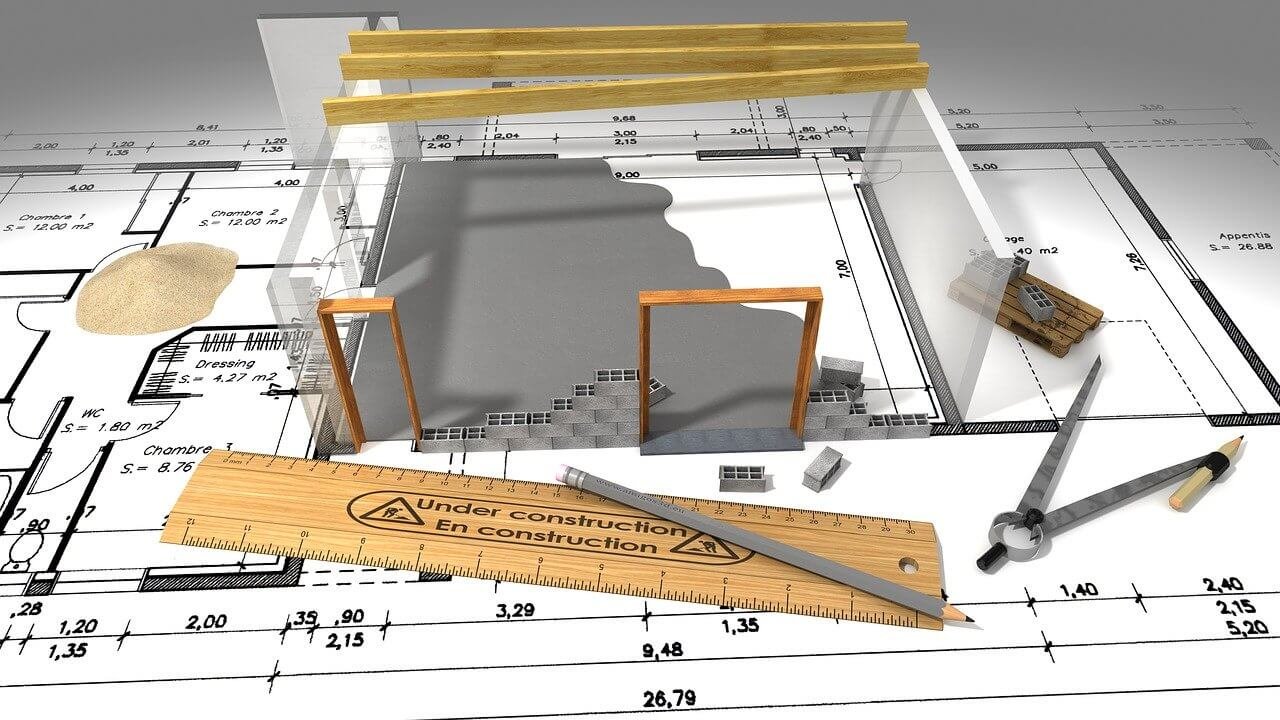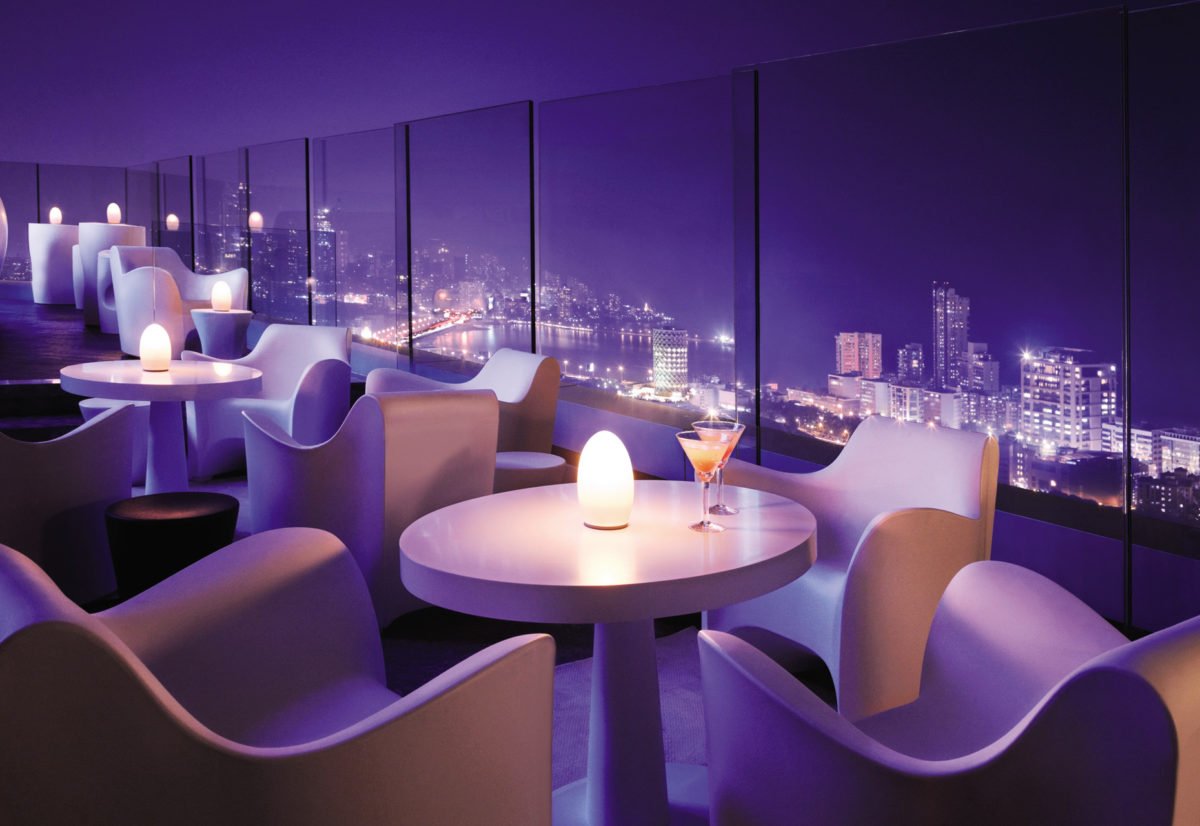Exploring photography in an obsession with architecture and a metaphor of interaction with a highly convenient manner to depict, describe and identify a built structure or building. An interplay of photography and architecture has significantly evolved over time with technology. The resulting relationship has always been representation from an initial reliance on photography in documenting buildings to a contemporary association in which the architects and designers depend on photographic images to convey.
Photography and Architecture are all about transcription of a three-dimensional world onto a small flat surface in the form of hard or soft form. The connection between both fields has grown to bloom in recent times. Our modern times are image-based and more visual than ever that has got us consuming a large quantity of architecture through photographs with respect to physical and spatial experiences.

Indeed, architecture serves as an expression of the artistic stance of the architect at that time. Photography takes a step further to interpret architecture in various ways. The art of photographing architecture takes different forms from exteriors to interiors with different techniques and more importantly, an observant eye to spot the views.
The two main challenges for architecture photography is Lighting and Image Distortion. When photographing the exterior, natural lighting is all you have to capture the building at its most glamorous moment. Image distortion occurs when a building has lines running horizontally and vertically and they appear distorted. The right equipment and the right angles will prevent distortion pitfall. Interiors with repeating patterns and geometric shapes are a bonus for photographers. Architecture with unique and unusual structures tends to catch our attention, giving the best shots making it an impressive architectural space.
Effective Ways to Photograph Architecture:
- Get a First Impression: When standing in front of or inside a structure, just take a look inside and look for the best spaces in everything you see, with differentiating between subjects.
- Zoom in for Details: Before giving it a shot, do your own research and draw a narrative out for it. Consider a shape, column, intricate decorations, details, patterns and roofs or materials of the ceiling or floor. Further, look for repeating design elements or unusual symbols and architecture is all about capturing the details.
- Zoom out for landscape: Survey the landscape and place architectural structure or building in the context. In the case of a water body or reservoir nearby, try to capture the reflection of the building alongside the building itself.
- Incorporating other structures into the frame: In case of other structures or objects that contrast with your subject, try incorporating them into a frame. Try capturing your subject from an adjoining hallway or room that offers perspectives for interior photography. Capturing the details provides an additional layer of contrast and perspective to photography.
- Shoot from every angle: Always look for angles, perspectives, and vantage points that offer a new frame for your photography.
- Shoot at different times and conditions: Capturing shots at different times a day and weather conditions add a unique atmosphere and touch to your architectural photos. Light plays an important role in architectural photography.

Tips for Best Architecture shots:
- Position matters: The simplest way to achieve the best photo is to position the camera perpendicular with vertical lines of a building. A visually arresting image by controlling the perspective and adjusting the focus to capture parallel vertical lines delivers the best.
- Capture dynamic shapes: Clean lines set against clear sky highlight the symmetry of a structure and building, always keep an eye out for curves or other dynamic shapes that add a sense of movement to still image.
- Find the right light: Wait for the right light to appear, for light to shift and capture it in shadows with windows or columns in the frame. Adjust your shutter speed and aperture, when the light is not ideal. Aim for underexposed, automatically exposed and overexposed shots.
- Try your hand at camera settings: Each scene is different and delivers different images, change shutter speeds and apertures for capturing the shots. Capture in a darker scene and one that seems fine, as both work sometimes and you’ll discover new things merging these.
- Include people: Architecture doesn’t exist without people as they act to complement the structure in new ways. Fortunately, architectural photographs wouldn’t exist without us, as we are the guiding factor- determining with respect to scale, size, and shape.

Considering that we are surrounded by marvels of architecture, from ancient to the hyper-modern, it’s a good thing to find expertise in perfect shots. As long as you have a camera in your hand, you can experiment with architecture photography, starting with your own home spaces. Want to become a better photographer? Everyone can! Well, all you need is gear and equipment added with knowledge also, whether a smartphone or DSLR, any camera can capture the aesthetic shots.
To know more about Architecture Technology, Stay Tuned.
Previous Coverage:
- Green Building Trends: Passive House
- A.I. & Robots Revolutionizing the Construction Industry
- Towards Regenerative Development
- Augmented Reality Transforming Cities
- Coastal cities at the highest risks?
- Co-Living, A buzzword of 21st Century!



